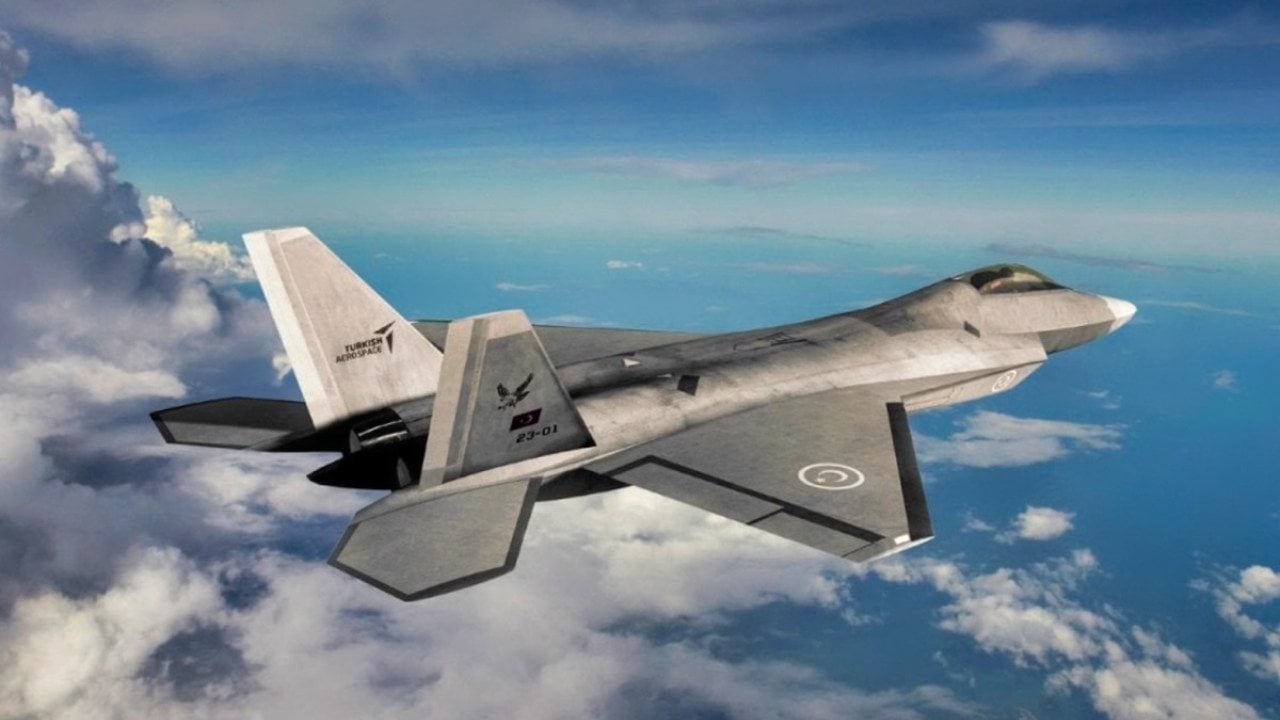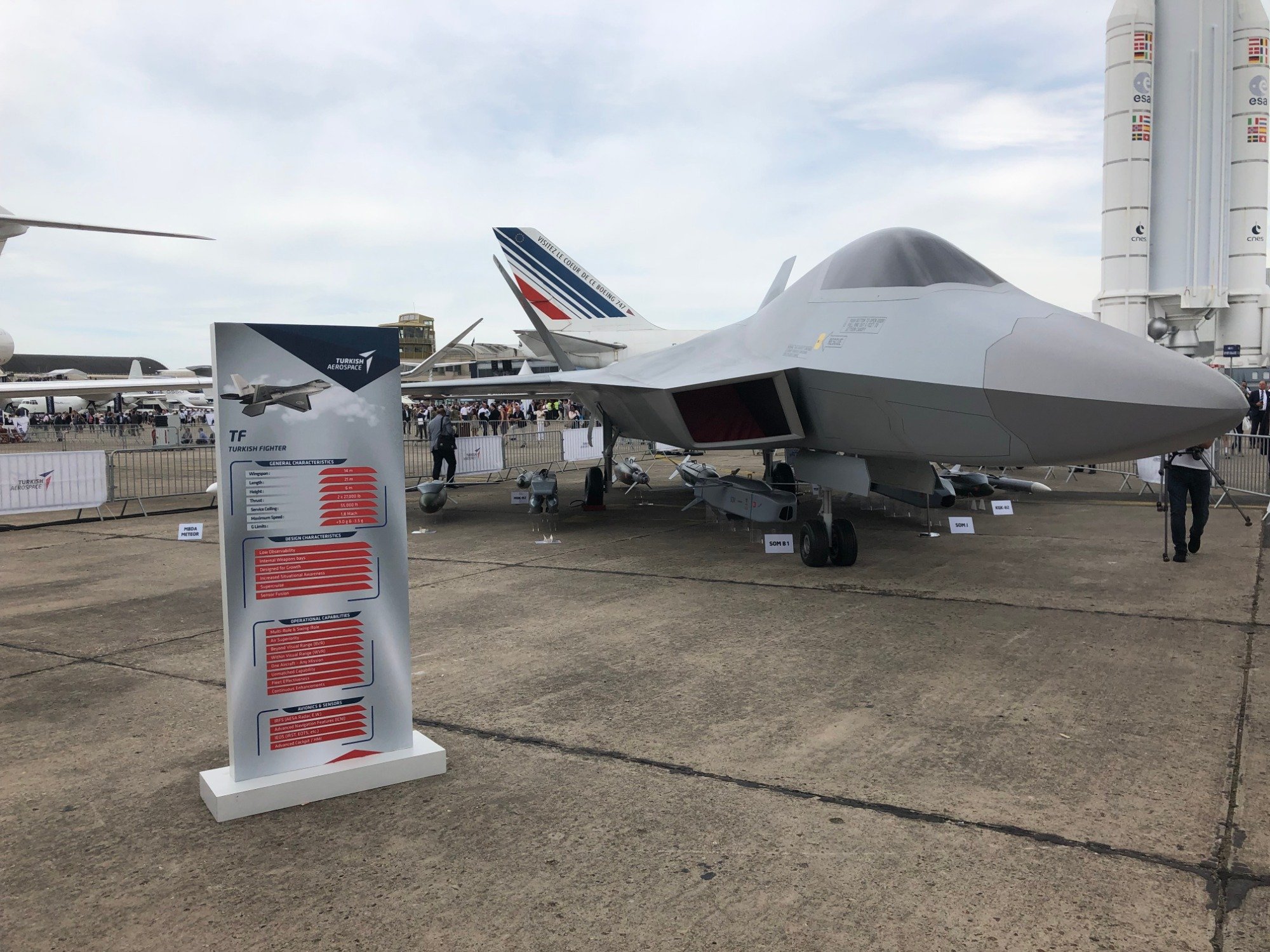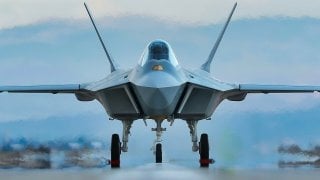TAI TF Kaan: Turkey Wants To Build Its Very Own Stealth Fighter
A fifth-generation fighter jet, the Turkish TF Kaan is expected to make its maiden flight in the upcoming weeks. Not a lot is known about the aircraft besides that it will be a multi-role fighter jet with potential stealth capabilities.
TAI TF Kaan: Turkey's Dream for a Stealth Fighter - The military aviation industry is booming. Technological advances and an increasingly volatile geopolitical setting push countries to invest in air power.
Some of the ongoing combat aircraft projects include the U.S. Next Generation Air Dominance (NGAD) program, the U.K. Tempest fighter jet, and the U.S. F/A-XX fighter jet. But there are some underdogs, too.
And the Turkish TF Kaan is one of them.
The TAI TF Kaan
A fifth-generation fighter jet, the Turkish TF Kaan is expected to make its maiden flight in the upcoming weeks.
Not a lot is known about the aircraft besides that it will be a multi-role fighter jet with potential stealth capabilities.
But it won’t be a completely Turkish product. To alleviate some of the costs and technological gaps, Ankara is looking for partners.
The Turkish military has already made a request to the Pentagon for joint production of the General Electric F110 engine, which is used in the F-16 Fighting Falcon, so that it can be used in the TF Kaan. In addition, British BAE Systems is working with the Turkish defense industry in the development of the aircraft.
Moreover, Pakistan and Azerbaijan are looking to join in the development of the new aircraft.
TF Kaan: The F-35, Alternatives, and Turkish Economy
The road to Turkey’s domestic fighter jet has been long and full of troubles.
As part of the “Turkish Century,” as President Erdogan and Turkish officials have been calling the 2000s, Turkey is making a bid to become a regional power regardless of the cost such a move will have to Ankara’s relationship with the U.S. and its other NATO allies.
Turkey’s ousting from the F-35 Joint Strike Fighter program in 2019, over the purchase of S-400 air defense systems from Russia, added a sense of urgency to Ankara’s efforts to create its own fighter jet. Although U.S. officials have recently reopened the door for Turkey to rejoin the F-35 program, it is unlikely that Ankara will be able to be part of the F-35 family after everything it has said and done against the U.S. and NATO.
However, the Turkish economy isn’t doing well. In the last couple of years, the Turkish Lira has plummeted compared to the U.S. Dollar, raising the costs of borrowing for the Turkish government. That also means that the cost of procuring necessary technology and parts for the new fighter jet skyrockets.

Indeed, the cost of designing and producing the TFKaan might be more expensive than buying newer aircraft of other types. The Turkish government seems to understand that and is moving on a parallel route to modernize the Turkish Air Force.
Last week, the State Department cleared a massive $23 billion sale of F-16 Block 70/72 “Viper” Fighting Falcon fighter jets to Ankara (Congress still needs to clear the sale). Moreover, Ankara is considering buying up to 40 Eurofighter Typhoon fighter jets to further bolster its capabilities.

Although the TF-Kaan is a promising project, whether it’s a feasible program and not just big talk for the benefit of domestic consumption and some elusive geopolitical clout remains to be seen in the skies.
About the Author
Stavros Atlamazoglou is a seasoned defense journalist specializing in special operations and a Hellenic Army veteran (national service with the 575th Marine Battalion and Army HQ). He holds a BA from Johns Hopkins University and an MA from the Johns Hopkins School of Advanced International Studies (SAIS). His work has been featured in Business Insider, Sandboxx, and SOFREP. Email the author: [email protected].
Image Credit: Creative Commons.


